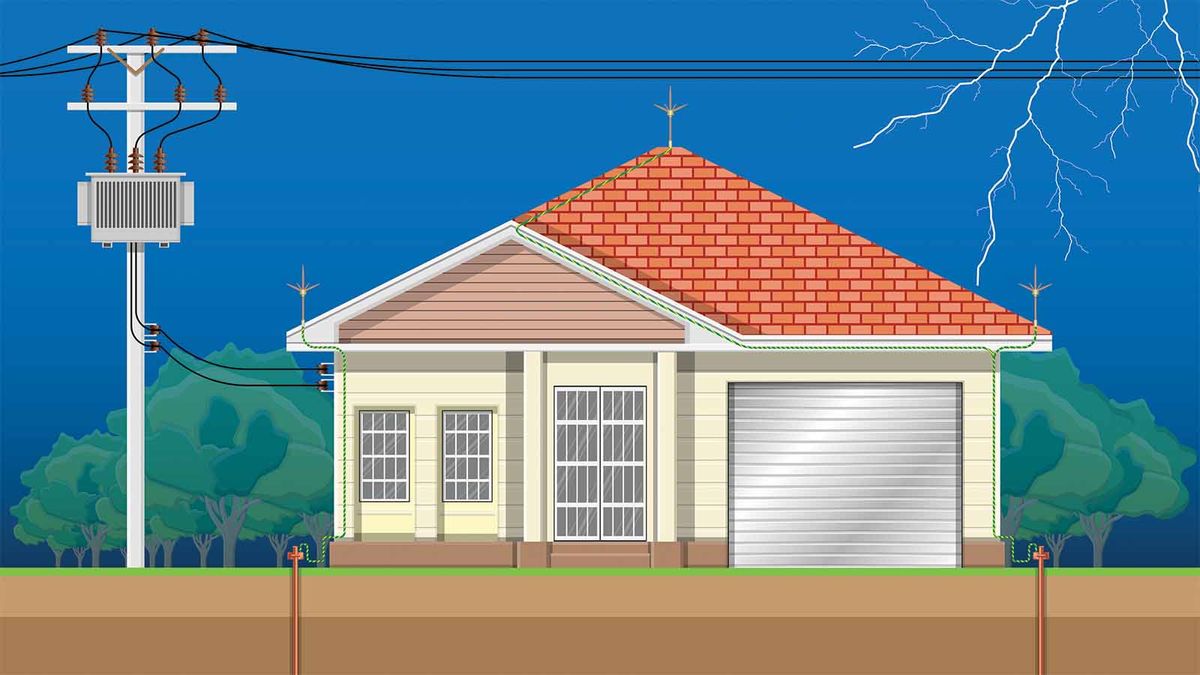

Almost anything plugged into the power grid can be affected by a voltage spike, but today’s modern electronics are particularly sensitive. “Anything with digital displays, circuit boards, computer boards or [components] that isn’t strictly mechanically operated is vulnerable to being damaged by a power surge,” Haas says.
In the United States, most electronics are made to take in 120 volts of alternating current, although their power supplies will usually contain a converter to step the current down to a lower voltage of DC output. Spikes in current well beyond the 120 volt standard will cause extra wear on those power supplies, and potentially the components they give power to.
Small surges can happen within your home grid, when power intensive appliances like dryers and air conditioners switch on or off. Larger surges are often the result of power transformers malfunctioning or substations going offline. Rarely, lightning strikes can also enter electrical lines and cause massive spikes in voltage. In the most extreme cases, devices can overheat to the point of sparking an electrical fire.
If an appliance or piece of electronics in your home is hit with a power surge, you may not notice any problems right away. But repeated spikes can fry the connections on delicate circuit boards, leaving you with a non-functional device and a repair bill.
Home insurance may cover some costs associated with power surge damage, but preventing the cause will always result in less downtime. “The worst case for a power surge is having to file insurance claims to get your appliances repaired or replaced, including not having A/C on the hottest days of the summer,” Haas says. “A surge protector grounds the surge and continues to protect your home, while your neighbors are faced with the worst case.”





